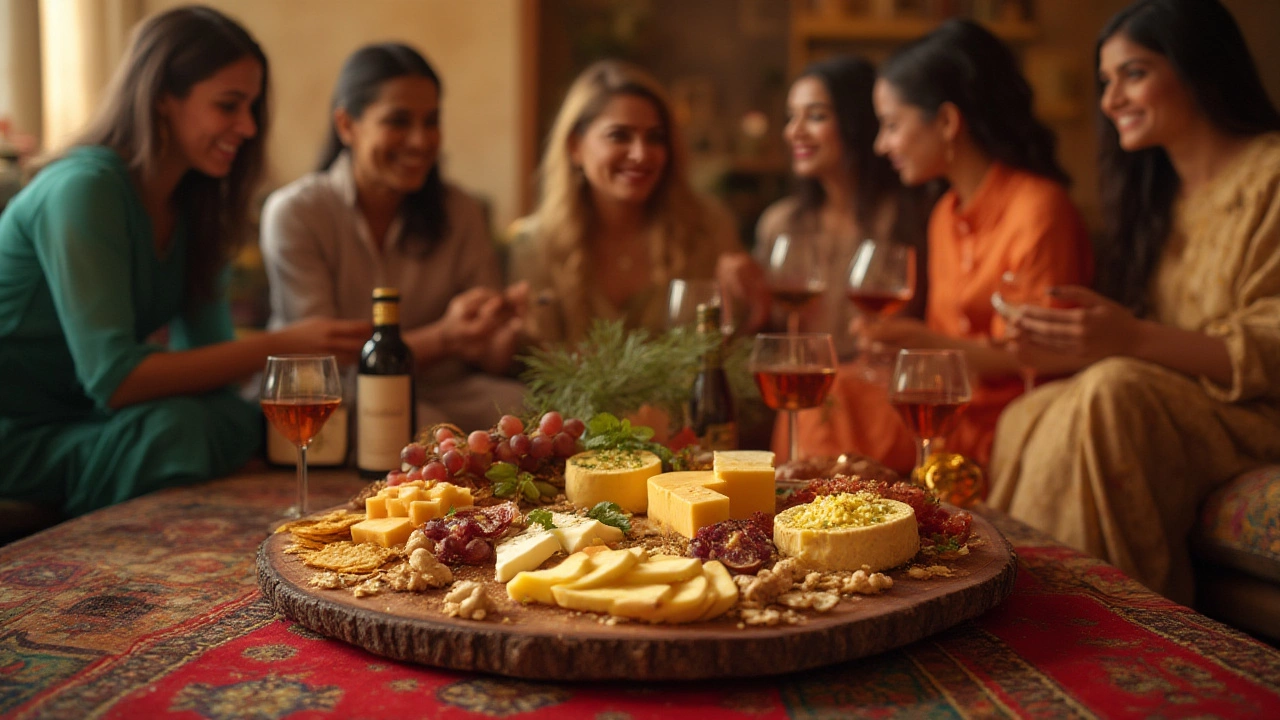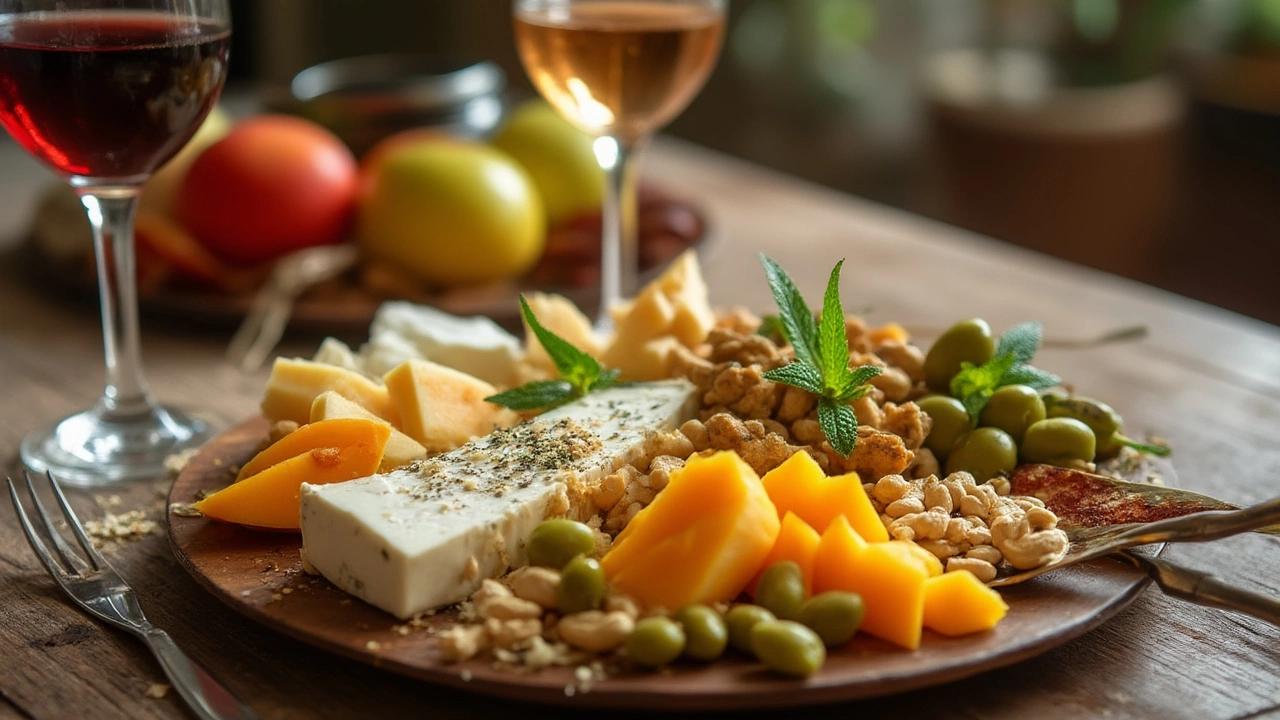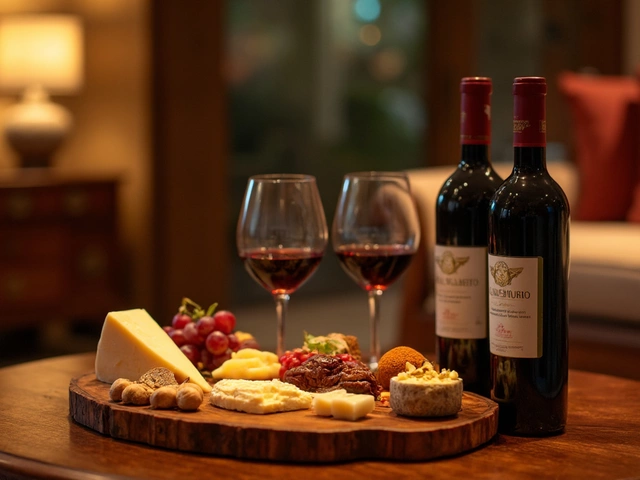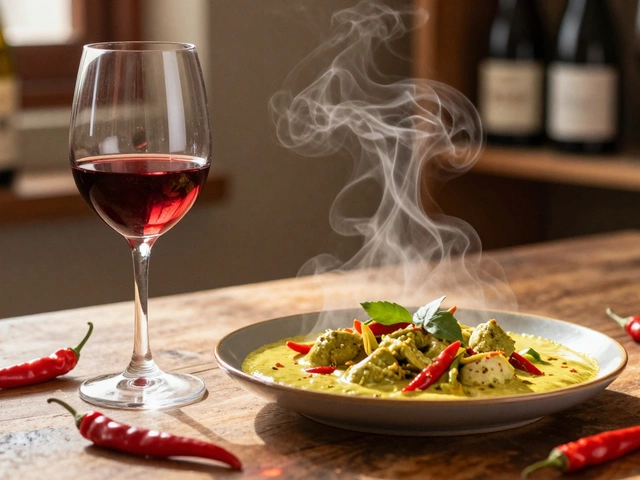
You know that magical moment when you walk into a party and someone’s put together a beautiful spread—thinly sliced cheese, juicy grapes, crackers stacked high, and rows of wine glasses just waiting to be filled? There’s something about a wine and cheese platter that just feels like instant celebration. But here’s the deal: not all platters are created equal. Anyone who’s been stuck with store-brand cheddar and rubbery cubes of ham knows that not much is memorable about those trays. If you’re ready to put together a spread that people actually remember and rave about, you’ll want to know exactly what to put on a wine and cheese platter—and why certain choices matter more than others.
The Core: Choosing the Right Cheeses
Cheese isn’t just cheese. The best cheese platters mix different textures, ages, and flavors. You want variety because everyone’s palate is a little different—some go nuts for creamy brie, others go for a crumbly blue or a nutty Comté. Here’s a solid rule of thumb: aim for three to five cheeses, especially if you have a crowd. Fewer cheeses with higher quality tend to make a bigger impression than a dozen random wedges. Go for a mix of soft, semi-soft, hard, and blue. For instance, a classic brie, a mild goat cheese, an aged manchego, and a punchy Gorgonzola cover all your bases pretty well. If you’re feeling adventurous, try a washed rind cheese like Taleggio to get people talking. The trick is balance—pair something mellow with a wild card so guests can create their own tasting adventure.
There’s also a science to cutting and serving cheese. According to a genuine cheese-serving study out of France, the way you cut affects both appearance and how the flavors hit the palate. For soft rounds like camembert or brie, slice into small wedges. Hard cheeses work in sticks, batons, or crumbles. And nobody loves a sweating block of cheddar—you want your cheeses at room temp, which takes 30–60 minutes out of the fridge. If you’re worried about what’s what, make cute little labels—even sticky notes work! If you have a favorite local cheese (maybe a sharp farmhouse cheddar from Somerset), add that story to spark conversation around the platter.
Wine Pairing Basics: Making Every Bite Shine
The right wine can make every cheese taste better—and vice versa. Even if you’re not a sommelier, it’s easy to avoid rookie mistakes. The best wine-and-cheese pairings have something in common or complement each other. For example, creamy cheeses like brie or camembert really pop with sparkling wine because the bubbles cut through the fat. Acidic white wines such as Sauvignon Blanc love tangy goat cheese, while bold reds like Cabernet Sauvignon work best with firm cheeses like aged cheddar. Blue cheese gets its groove on with sweet wine, so a little Sauternes or Port goes a long way.
Nobody’s tracking down rare vintages—that’s intimidating. Think affordable, crowd-pleasing bottles. If you can’t remember which wine goes with what, one trick never fails: match the intensity. Mild cheese goes with light wine, strong cheese needs robust wine. Rosé often does a great job pairing with almost anything because it’s got both zip and fruitiness. And if you want to do a tasting, set out small wine glasses and let everyone compare sips. For a fun visual, here’s a quick guide:
| Cheese Type | Recommended Wine |
|---|---|
| Brie, Camembert | Champagne, Prosecco |
| Goat Cheese | Sauvignon Blanc |
| Manchego | Rioja, Tempranillo |
| Blue Cheese | Sauternes, Port |
| Cheddar | Cabernet Sauvignon |
| Gruyère | Chardonnay |
So, grab a few different bottles if you can, or settle on one that pairs well with most cheeses. You’ll definitely avoid boring combinations that fall flat.

All About Those Extras: Crackers, Fruit, and More
This is where your wine and cheese platter really comes alive. Sure, cheese and wine are the stars, but what you put around them sets the vibe. You want things that balance out all the rich, salty, and tangy flavors. Crunchy crackers are a must—plain water biscuits, seeded whole wheat, crisp baguette slices. Try to keep flavors neutral so the cheese can shine. If you love something snappy, go for crostini or even grissini breadsticks.
Fruit is another platter essential. Grapes and slices of crisp apple are classics—especially lovely with hard cheeses and blue. Figs (fresh or dried) and pear will make anything feel a bit more ‘wow’. Dried apricots, cherries, or even candied ginger have way more impact than you’d expect. They play off the saltiness of the cheese and can be paired with a honey drizzle or dollop of quince paste. Try a little fruit jam or preserves for extra sweetness. Nuts bring crunch and nuttiness. Almonds (Marcona bring major luxury vibes), walnuts, or pecans all work. Just skip anything super-salty or coated in sugar, as that can overwhelm the main flavors.
Feeling extra? A few slices of good cured meat—salami, prosciutto, bresaola—are perfect for guests who like a little more to nibble. And don’t underestimate the joy of olives or cornichons. Their sharp, briny zing is the secret weapon for cutting through creamy and pungent cheeses. If there’s room, you can add roasted red peppers or artichoke hearts. But don’t overdo it: if the platter’s too crowded, it gets messy fast and things start to blend together.
The Art of Presentation: Putting It All Together
Let’s be honest—people eat with their eyes first. The best cheese platter is a little messy, a little fancy, and full of surprise. Don’t lay everything out in rigid rows. Cluster cheeses by type, then tuck crackers, fruits, and extras around them. Use tiny bowls for chutney, jam, or olives to keep things tidy. Go for a big wooden board, marble slab, or pitcher-perfect ceramic tray if you have one—it makes everything look deliberate, not just thrown together.
If you want to make your guests feel extra special, add some color. Rosemary sprigs, edible flowers, or pomegranate seeds scattered over the platter give that Instagram-ready pop. Still, keep it practical—if there are vegetarians, label meats or keep them on a separate board. Don’t forget to set out a separate cheese knife for each cheese to avoid mixing up flavors. And napkins—lots of napkins! Nobody wants sticky fingers. The right presentation actually slows people down to savor each bite instead of going wild and grabbing whatever’s closest.
The finishing touch is about warmth. Share a short story about a cheese or wine you chose—maybe you discovered a smoky blue at a local market or tried this Malbec on a summer trip. Suddenly, a platter of food becomes an experience of connection.

Ideas and Twists: Platter Themes and Seasonal Touches
Once you’ve got the basics down, you can start to mix it up for special occasions or the seasons. In the winter, try heartier cheeses like aged gouda and nutty gruyère, with roasted nuts and slices of spiced apple. Summer platters love milder goat cheese, fresh berries, and maybe even a chilled rosé. Looking for a dramatic twist? Go international: create a Spanish-inspired board with Manchego, chorizo, figs, Marcona almonds, and Tempranillo. Or an Alpine version with raclette, speck, cornichons, and dense rye bread. Plant-based friends coming over? There are nut-based and coconut milk–based cheeses that surprise even hardcore cheese fans. And you can always swap the wine for alcohol-free options like sparkling grape juice—still delivers on the posh vibes.
If you want to get creative, add a DIY element, like a little honeycomb chunk people can break apart, or a mini fondue pot for dipping bread cubes. Smoked cheeses, truffle butter, or chili-jelly introduce a memorable kick. The fun is in experimenting—taking a wine and cheese platter from traditional to totally unique is about trying new combos and adjusting to what you and your guests love best. And that’s what makes entertaining feel exciting, instead of like following some age-old, intimidating “rules.”





Categories